From Adam and Eve to portraits of Politburo members: a guide to the history of the Christmas tree
Categories: History | Holidays and Festivals
By Pictolic https://pictolic.com/article/from-adam-and-eve-to-portraits-of-politburo-members-a-guide-to-the-history-of-the-christmas-tree.htmlDecorated with all available methods, the Christmas tree is the main symbol of the New Year. Balls and cones were hung by our grandfathers, but did their grandfathers do it? We propose to look into the history of the issue and find out how the tradition of decorating the Christmas tree appeared, and when it took root in Russia.
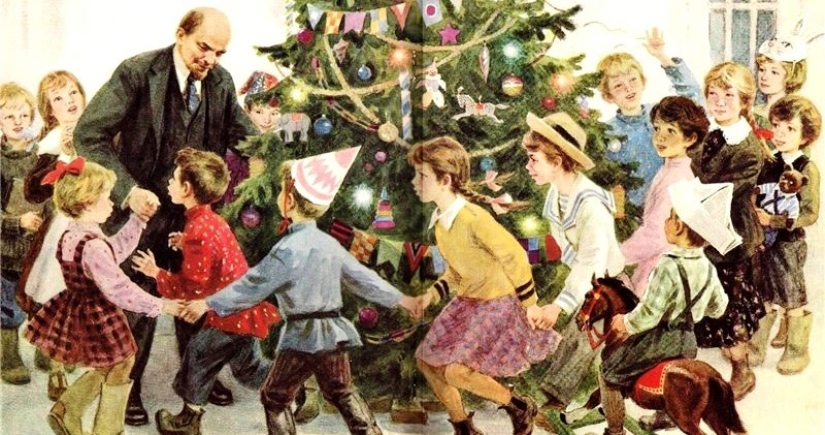
There are two main versions of the origin of the tradition — religious and secular. Some researchers believe that the Christmas tree symbolizes the paradise tree from which Eve plucked the notorious apple. Accordingly, all sorts of toys that we hang on the branches are the fruits of the paradise tree. According to another version, the tradition of decorating the Christmas tree dates back to the ancient German winter solstice holiday Yule. On this day, people decorated and then burned oak or ash logs in a fire.
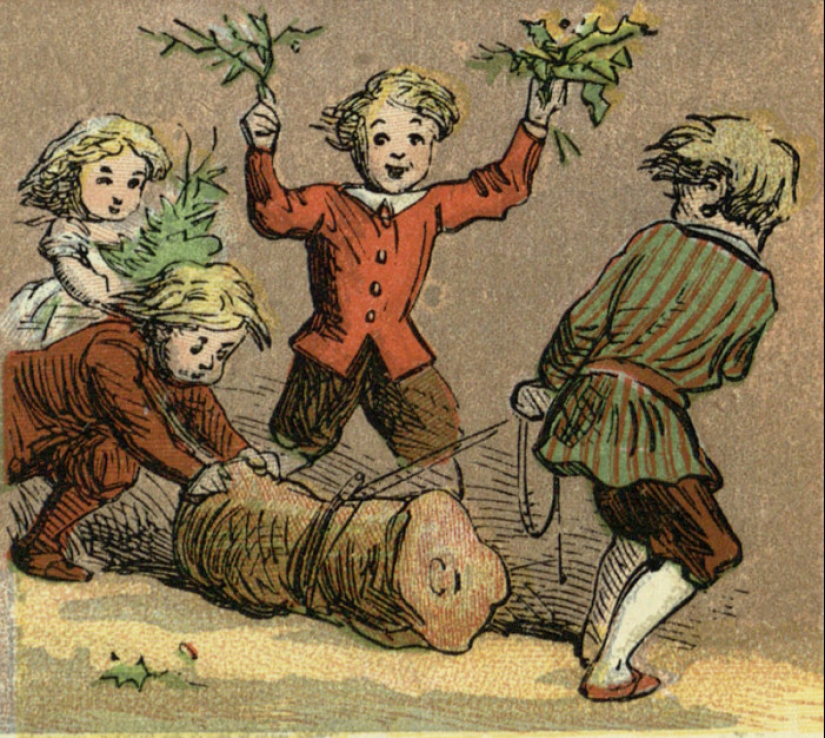
Of course, it is not known for certain who first decided to dress up the Christmas tree for Christmas. Although disputes about this can be very heated. A few years ago, a dispute broke out between Latvia and Estonia, in which city the custom of putting a spruce tree on the square appeared earlier, in Riga or Tallinn. It almost came to a diplomatic scandal.
There is information that in the XVI century, the religious figure Martin Luther organized religious holidays at his home in the Saxon town of Eisleben, where the Christmas tree was the main attribute. According to legend, Luther once saw a star falling on the top of a fir tree, and considered it a sign.

By the XVII century, the Christmas tree had become a common phenomenon in many German lands. Somewhere a Christmas tree was hung from the ceiling with the top down - so it personified a ladder lowered to people from heaven. Somewhere, small Christmas trees were decorated as many as there were family members and guests who were supposed to be congratulated and gifted.
At the British court, the first Christmas tree was decorated back in 1760, in 1819, the forest beauty became part of the court holiday in Budapest, in 1820 - in Prague.
In December 1699, Peter the Great introduced the Julian calendar in Russia by a special decree and ordered to postpone the meeting of the New Year from September 1 to January 1. The decree contained instructions on how exactly loyal subjects should have fun. The New Year was to be celebrated with fireworks and abundant treats, and the houses were decorated with branches of coniferous trees.
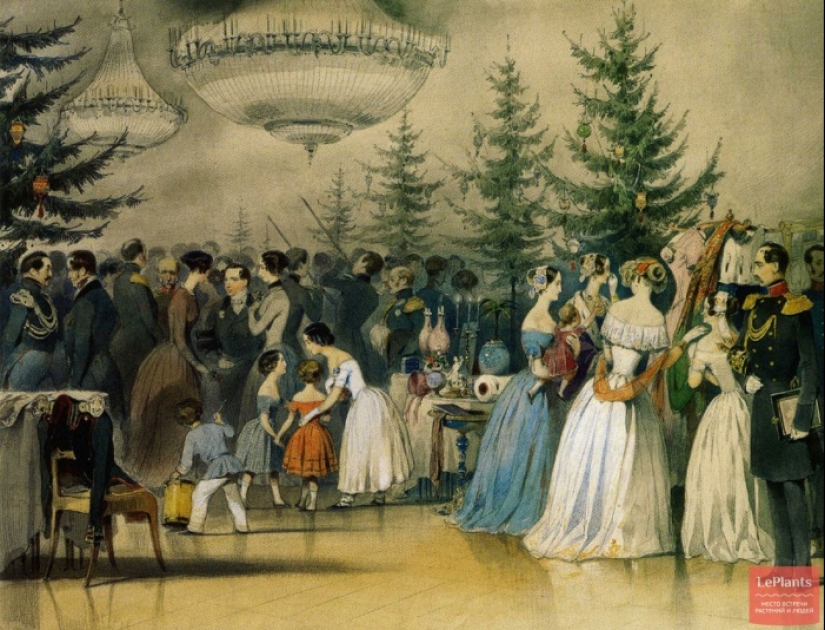
Although the tree itself took root with us later, in the first half of the XIX century. It was first staged in the Imperial Palace on December 24, 1817. The innovation was gradually adopted by the nobility. At first, the Christmas trees were practically not decorated, candles were only strengthened on the branches and they were lit twice — on Christmas Eve and on Christmas itself.
The established fashion for Christmas trees gave an impetus to the imagination of merchants. In the 1840s, Christmas markets appeared near Gostiny Dvor in St. Petersburg. Respectable citizens competed with childish excitement to see who had a bigger, thicker, more intricately decorated Christmas tree. It was not necessary to puzzle over the decoration yourself: there were Christmas trees with ready-made decor on sale. It was expensive, although it was a mere penny compared to the Christmas decorations in some rich houses, where diamond necklaces were hung on green branches.
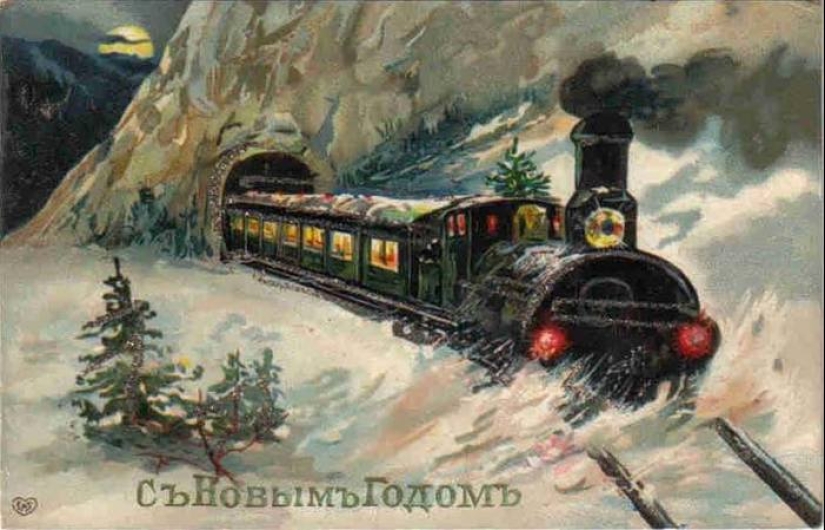
Orthodox priests unsuccessfully but stubbornly protested against the Christmas tree as a secular and even pagan custom. They would have known that not much time would pass and the Christmas tree would be declared a symbol of religious intoxication.
In the first years after the revolution, no measures aimed at banning Christmas trees were taken. But due to material difficulties, few could afford the pleasure of richly decorating a tree. Although in families that resisted the chaos of external life, they tried to find decorations, because the Christmas tree seemed to have some kind of connection with the past quiet life.
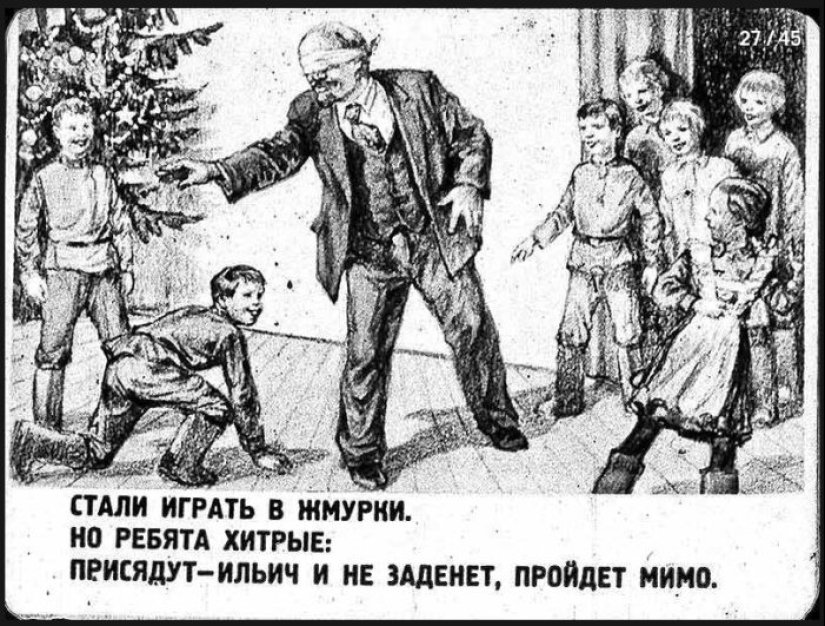
The persecution of the decorated tree began in 1929, when the party press officially condemned the celebration of Christmas. And along with it, as a "priest's custom", and a Christmas tree, allegedly poisoning children with "religious poison". Now, if the Christmas tree was brought into the house, it was put away from the window so that no one would see.
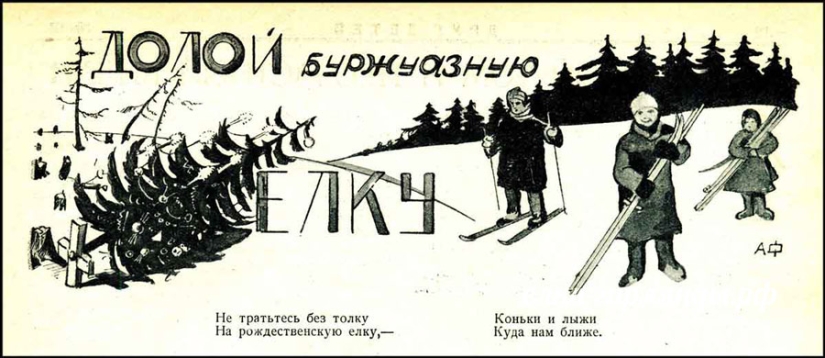
The tree was rehabilitated in 1935. Allegedly after Stalin's conversation with the party official Postyshev. Stalin approved Postyshev's proposal to return the Christmas tree to the children, and he made a note in the newspaper Pravda, where he reproached those who "denigrated children's entertainment as a bourgeois undertaking." The article was published in December, and in just a few days festive events with Christmas trees were organized throughout the country and the production of Christmas decorations was established.
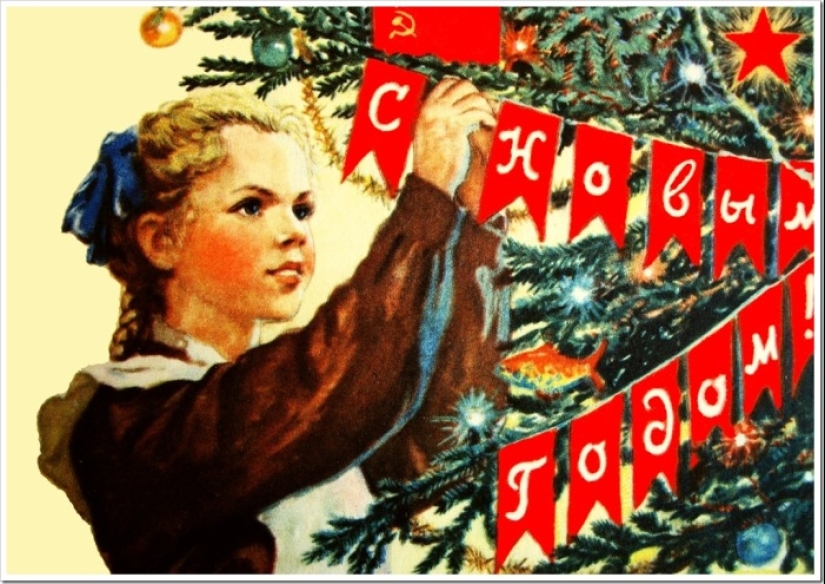
The Soviet Christmas tree was in no way supposed to be associated with Christmas. The decorations reflected the spirit of the times. The blue Christmas star with seven rays was replaced by a red five-pointed one. Miniature airplanes, cars and other things that testified to the progress of the state were hung on the Christmas tree. In the late 30s, toys appeared in the form of Santa Claus and Snow Maiden. They were even going to release balloons with portraits of members of the Politburo, but, thank God, it didn't come to that.
Recent articles

Reddit users gathered once and let's brag about who and what they treat in school canteens. Both the students themselves and their ...

What kind of wedding traditions do not happen! The Scots pour dirty slush over the bride, some peoples of India have decided to get ...

The winter sky sometimes presents phenomena that seem almost unreal. Pearlescent, or nacreous, clouds are rare guests in our ...